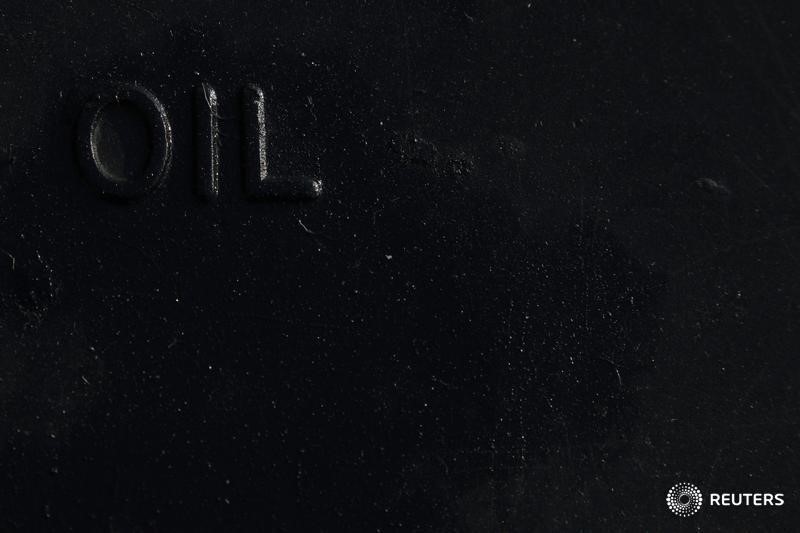By Henning Gloystein
SINGAPORE (Reuters) - Oil prices fell on Tuesday, dragged down by ongoing weakness in global stock markets and by signs of rising global supply despite looming sanctions on Iran's crude exports.
Front-month Brent crude oil futures (LCOc1) were at $76.78 a barrel at 0040 GMT, down 56 cents, or 0.8 percent, from their last close.
U.S. West Texas Intermediate (WTI) crude futures (CLc1) were at $66.78 a barrel, down 26 cents, or 0.4 percent, from their last settlement.
Oil has been caught up by broad financial market slumps this month, with stocks falling again on Monday after reports the U.S. is planning an additional $257 billion worth of tariffs on Chinese goods if upcoming talks between Presidents Donald Trump and Xi Jinping fail to end a trade war between the world's two largest economies.
Oil was also being weighed down by signs of rising supply from top producers.
"A Saudi pledge to produce as much oil as possible, and the stock market rout, have sharply reduced concerns about the Nov. 4 implementation of U.S. sanctions against Iran," said Ole Hansen, head of commodity strategy at Saxo Bank.
Russia has also indicated that it will provide enough oil to meet demand once U.S. sanctions hit Iran from next week.
In a sign that oil supply remains ample despite the looming U.S. sanctions against Iran's petroleum exports, crude output from the world's top 3 producers, Russia, the United States and Saudi Arabia, reached 33 million barrels per day (bpd) for the first time in September, Refinitiv Eikon data showed.
(GRAPHIC: Russian, U.S. and Saudi crude oil output - https://tmsnrt.rs/2CRXg31)
That's an increase of 10 million bpd since the start of the decade and means that these three producers alone now meet a third of global crude demand.
Despite that, Hansen said "given the yet unknown impact on Iran's ability to produce and export (amid sanctions) ... we could see some speculative buying emerge ahead of Nov. 4."
Iran's seaborne crude exports, by contrast, have fallen from a 2018-peak of just over 2.5 million bpd in May to around 1.5 million bpd in September and October, Eikon data showed.
(GRAPHIC: Iran seaborne crude oil exports - https://tmsnrt.rs/2RfVf4p)
